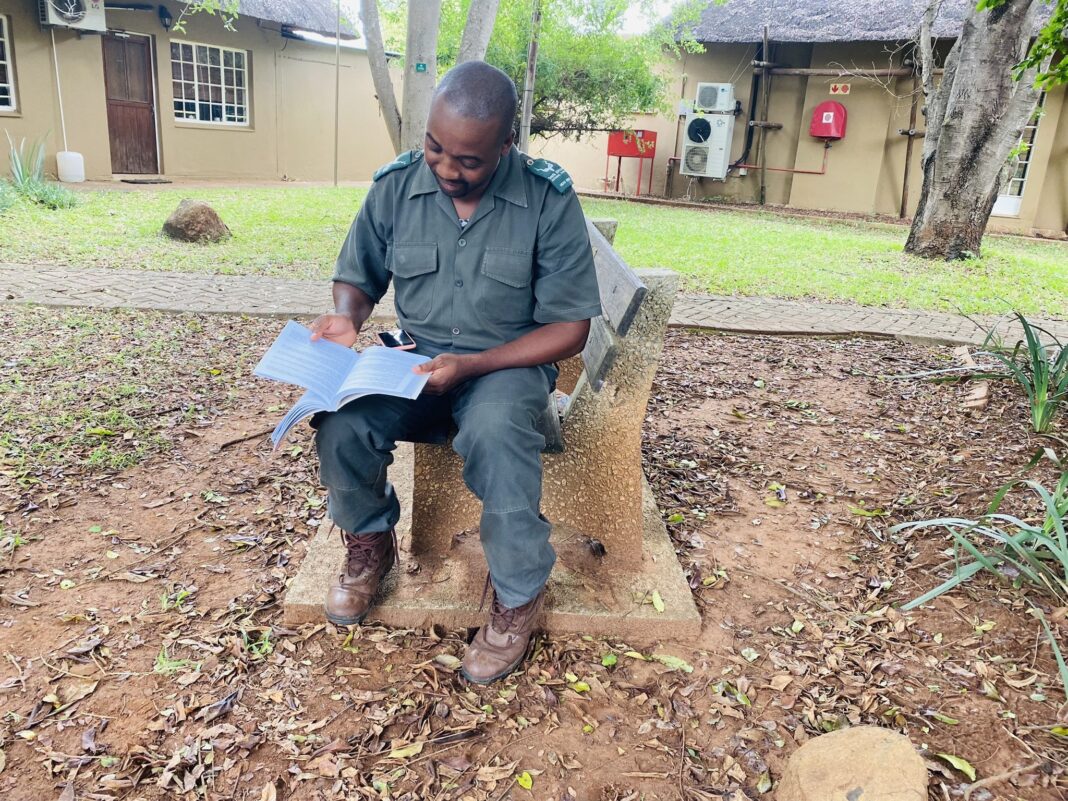By Simon Nare
Responsible tourism – the idea of making sure visitors to parks respect the environment and dont poach animals – was a concept brought to the African Travel Indaba by the South African National Parks.
The South African National Parks is immensely encouraged and elated by the enthusiasm for eager to travel and explore the parks as displayed at the ongoing African Travel Indaba.
The exhibition came to a close on Thursday after three days of showcasing the continental beauty and exchanging of ideas while sealing deals on travel packages.
SANParks spokesman JP Louw told Inside Travel remotely on the sidelines of the continental grand expo that as a one of the main drivers of domestic tourism, the company had taken the concept of responsible tourism to the gathering.

“This message was warmly received at the gathering much to the relief and excitement of SANParks because this is an area that is crucial in maintaining parks while tourism grows. But it was the eagerness to travel as travel agents were buying packages that Louw more excited.
“The interest was shown through the buying. We are excited about that. For us we think it was a success because that is the story we came here (at indaba) to tell,” he said.
Louw described responsible tourism as making sure visitors in parks do not destroy vegetation by walking through the parks unsupervised as well as poaching animals.
One of the main points SANParks drove on the sidelines of the indaba was the importance of forging relationships with communities living around the parks.
“In our effort to bring everyone to be part of this crusade we have set in the right policy that advances a significant balance between conservation of natural and cultural resources, socio-economic transformation and responsible tourism without compromising biodiversity conservation our quest to strike this balance we have increased the involvement of indigenous peoples and local communities in protected area management during the past three decades but there is still a long way to go.
“This is particularly important as many indigenous peoples and local communities live in areas of exceptionally high biodiversity. Therefore, forming partnerships should come as second nature. We know that the key to a sustainable future for protected areas lies in the development of partnerships, particularly between the state, private business as well as communities,” he said.
Louw said much as the numbers of people visiting parks was encouraging, there were still challenges that needed to be addressed. These included the issue of safety for visitors in the parks. On some of the efforts to encourage locals to visit parks, he said they have already set aside a free week to allow locals to access the parks.
Currently there are no plans or discussions to extend it further than that, he said, arguing that also in place were special prizes for locals and the parks needed money to be able to cater for its resources.
Louw said the as the country celebrated 30 years of democracy, the company was pleased about its achievements as told during discussion panels at the gathering.
However, the company was not ignorant of the many challenges facing the national parks or protected areas in general, both from outside and within their boundaries.
“These challenges – which include increased population growth, increased competition for the use of scarce natural resources, urbanization and climate change adaptation, are significant and increasing in scale. However, these challenges can be both negative and positive.
“They provide a test for protected areas but also the chance to capitalise on new opportunities and to rise to new levels of professionalism, while we ensure that these national parks remain relevant into the future,” he said.
INSIDE TRAVEL

